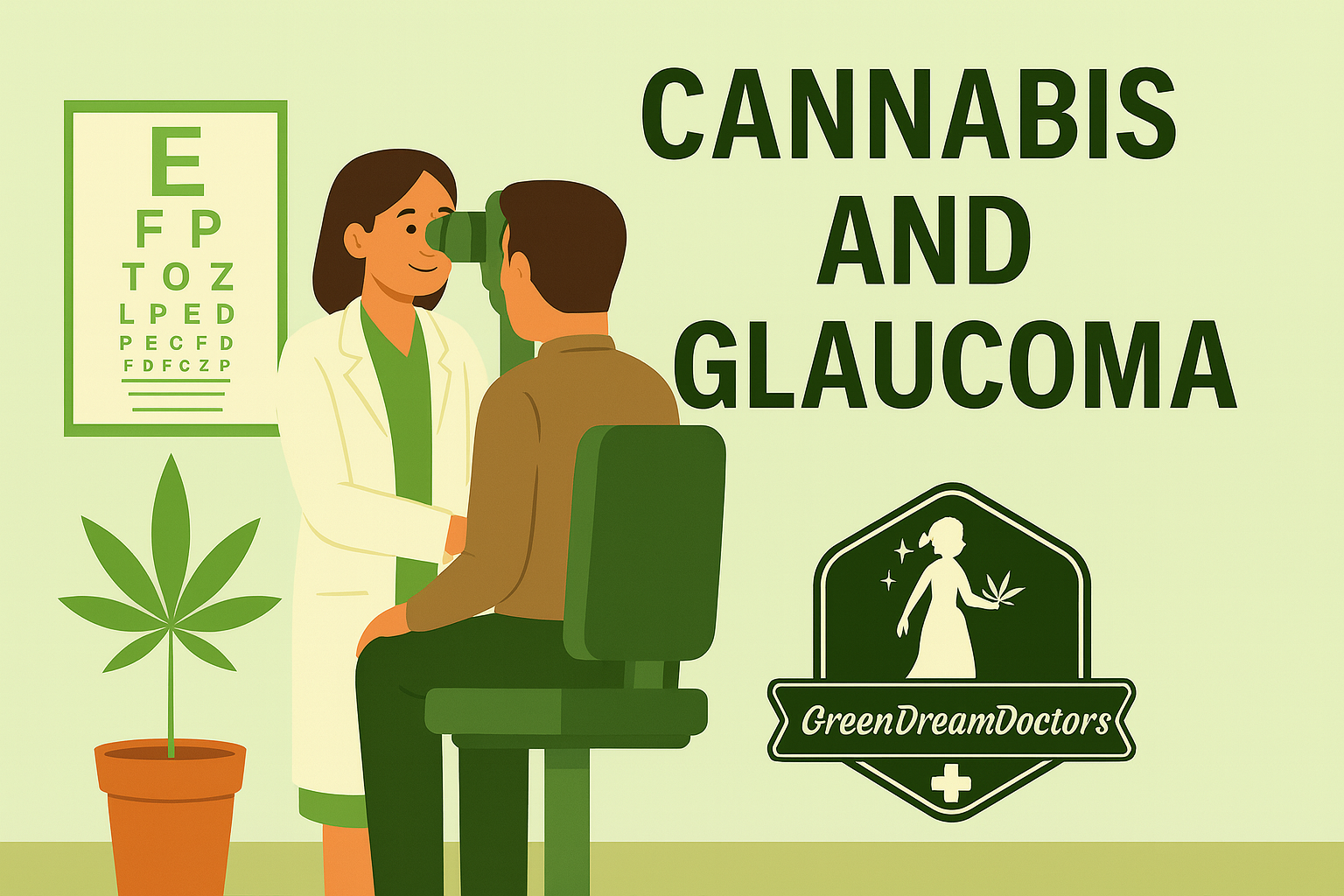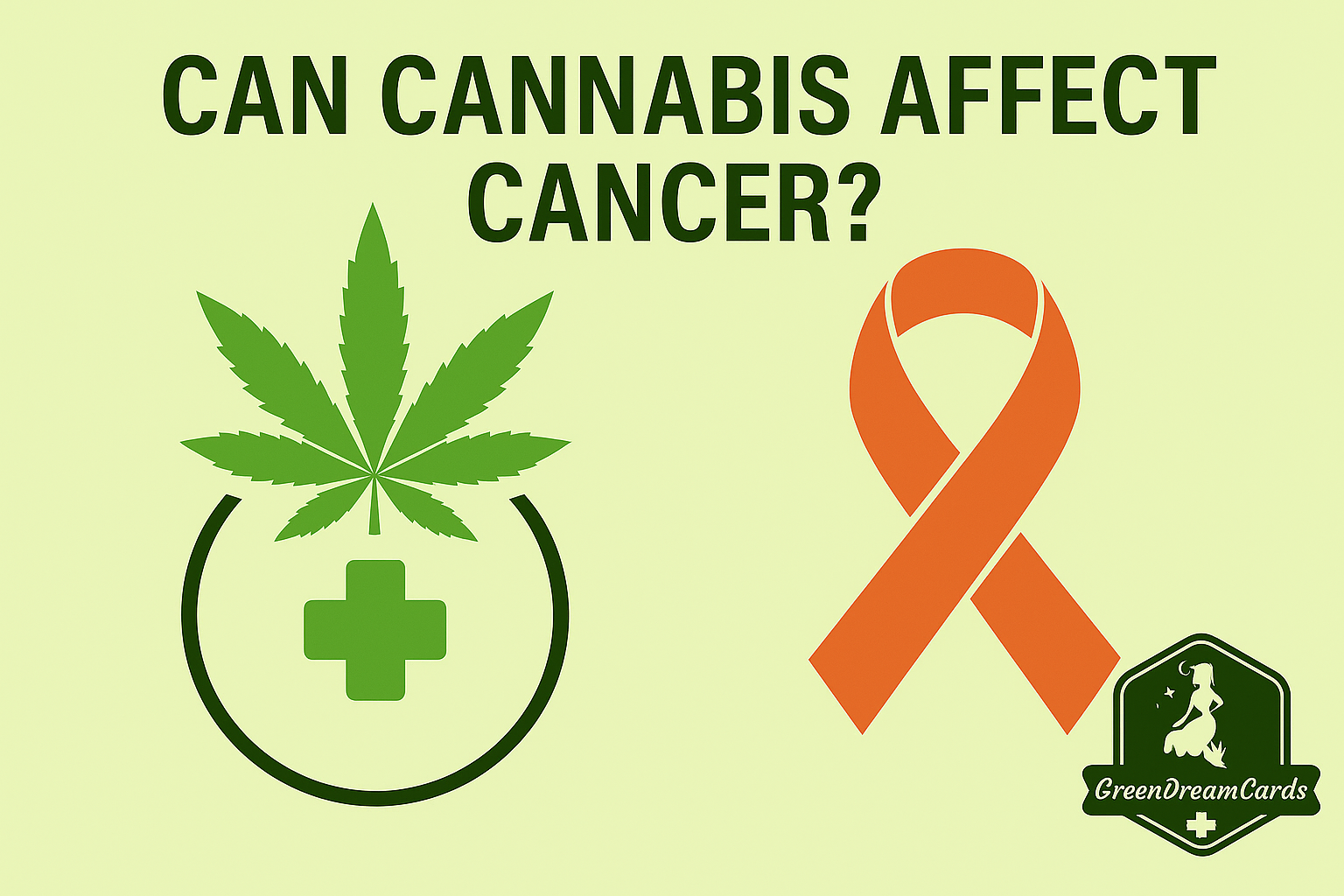Key takeaways
-
Cannabis can lower intraocular pressure (IOP), but the effect is short-lived (only a few hours) and requires frequent dosing that brings side effects. Major ophthalmology groups do not recommend cannabis as a glaucoma treatment. Glaucoma Today; AAO Journal; American Academy of Ophtamlmology
-
Evidence that cannabis prevents vision loss or slows glaucoma progression is lacking; modern, standard therapies have proven benefits. American Academy of Ophthalmology
-
THC appears to lower IOP in some studies; CBD does not and may even raise IOP in preclinical/early data. IOVS
What is glaucoma and why IOP matters
Glaucoma is a group of diseases that damage the optic nerve. Elevated IOP is the main modifiable risk factor, so most treatments aim to lower IOP to protect vision. National Eye Institute
Standard, guideline-supported options include prescription eye drops, laser trabeculoplasty, and surgery—all with evidence for slowing disease. (Example: the Ocular Hypertension Treatment Study showed that topical meds delayed or prevented the onset of primary open-angle glaucoma.) ophthalmologyglaucoma.org
What the research shows about cannabis
1) Early studies (1970s–1980s): IOP drops after THC/cannabis
The first controlled reports (e.g., Hepler & Frank, 1971) found IOP decreased after inhaled cannabis. Subsequent double-blind studies observed statistically significant IOP reductions after smoked marijuana or injected Δ9-THC. However, effects lasted only a few hours. SpringerLink. JAMA
Implication: Patients would need to dose 6–8 times daily to keep IOP lowered around the clock—raising concerns about systemic side effects, tolerance, and impaired function. (Professional societies emphasize this practicality problem.)
2) Modern reviews: No proven disease-modifying benefit
Contemporary reviews summarize decades of work: cannabinoids can produce short-term IOP reductions, but evidence is insufficient that they preserve the optic nerve or visual field over time—outcomes that matter most to patients.
3) Formulation matters: THC vs. CBD
Small, controlled trials of oral/sublingual cannabinoids suggest THC can lower IOP transiently, while CBD did not and, in some models, CBD increased IOP or counteracted THC’s effect. Realm of Caring Foundation+1
What leading medical organizations say
-
American Academy of Ophthalmology (AAO): Until better evidence exists, does not recommend marijuana or cannabis products to treat glaucoma; the IOP-lowering window is too short and side effects are significant.
-
National Eye Institute (NIH/NEI): Acknowledges 1970s findings that marijuana lowers IOP, but highlights the short duration and lack of proof that it prevents vision loss. National Eye Institute
-
Specialist publications (Glaucoma Today, Review of Ophthalmology): Echo that cannabis remains impractical as a primary treatment given short action, variable response, and limited evidence for long-term benefit.
Where cannabinoids might fit (if at all)
-
Not a substitute for standard, sight-saving glaucoma care. Patients should remain under the care of an ophthalmologist and continue prescribed therapies.
-
Symptom management: Some patients use medical cannabis for nausea, sleep, or pain related to comorbidities. This is separate from glaucoma control and should be discussed with one’s physician for safety and interactions. (No glaucoma outcomes evidence supports this use.)
-
Research directions: Ongoing work explores topical cannabinoid analogs, selective receptor targeting, and formulations that could sustain IOP reduction without systemic effects—but these are not yet standard of care. ScienceDirect
Practical guidance for patients asking about cannabis
-
Don’t stop proven treatments. Glaucoma damage is irreversible; delaying effective therapy risks vision.
-
If you use cannabis for other reasons, tell your eye doctor. THC may transiently lower IOP; CBD may raise it in some data—your doctor may want to check pressures at different times.
-
Avoid smoking as a delivery route if possible, due to cardiopulmonary risks; alternative routes still haven’t shown sustained IOP control.
-
Watch for drug interactions and impairment, especially if frequent dosing is attempted (which is not advised).
References (selected)
-
Hepler RS, Frank IR. Early reports of IOP reduction after cannabis inhalation; subsequent double-blind work confirmed short-term effects.
-
AAO patient guidance (updated): Not recommended for glaucoma due to short duration and side effects; no evidence for disease modification. American Academy of Ophthalmology
-
NEI overview: Historical IOP-lowering observations vs. practicality and lack of vision-saving evidence. National Eye Institute
-
Glaucoma Today review of evidence and mechanisms. Glaucoma Today
-
Review of Ophthalmology feature on cannabis & IOP. Review of Ophthalmology
-
IOVS research: THC and CBD differentially regulate IOP; CBD may increase IOP. IOVS
-
Pilot RCT, sublingual cannabinoids (THC vs. CBD) in ocular hypertension/early POAG. Realm of Caring Foundation
-
Classic clinical observation: Marijuana associated with decreased IOP alongside systemic hypotension/tachycardia. AAO Journal
-
Contemporary narrative/umbrella reviews of cannabinoids in glaucoma. Karger
Read more https://www.carolinaeyecarenc.com/glaucoma-myths-vs-reality-10-things-you-need-to-know/

